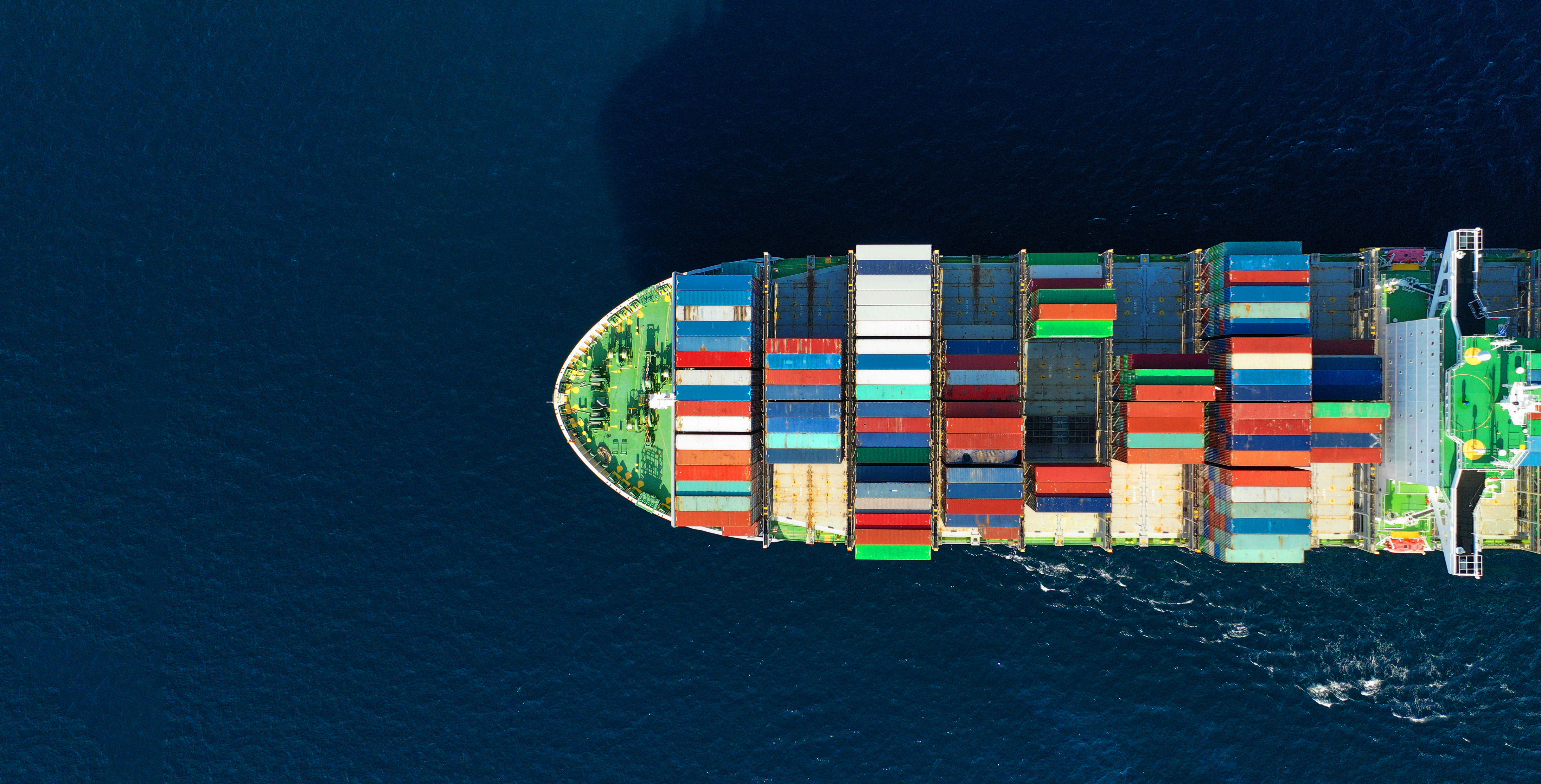This enables smarter decision-making, increased operational transparency, greater control and a higher degree of customer service because data is accessible in real-time.
Today, we are seeing how this kind of emerging technologies can prove valuable as the Chinese shipping industry comes to halt due to the recent Wuhan coronavirus outbreak. According to Lars Jensen, the head of Denmark-based maritime research group, Sea-Intelligence, more than 350,000 containers have been removed from global trade since the outbreak of the virus has led China to impose significant travel restrictions [1].
This major medical event has caused many container vessels to change their routes to avoid the region. Where containers are arriving in China, the process of unloading freight is being delayed because there aren’t enough people to handle these goods at ports as only a fraction of Chinese workers are back at work.
How IoT and Blockchain can Help
Modern supply chains have already become increasingly complex but an unprecedented global event like the one currently taking place in Wuhan only serves to highlight the industry’s need for advanced digital connectivity, improved visibility and greater agility.
For example, global shippers are currently struggling to manage all of the paperwork required for shipments through China, especially in instances where consignments require physical documentation [2]. According to Gartner, the use of blockchain throughout the supply chain makes it easier to capture events and data across physical products, packaging and transportation assets. In being able to digitalize the movement of goods from producer to consumer, it is possible to remove the need for complicated record keeping because all relevant product information is tracked via embedded IoT sensors or RFID tags.
Given the current coronavirus chaos, many containers are in transit or sitting in ports for longer than planned and, as such, taking more time than expected to reach their final destination. When IoT sensors are fitted to products – and containers – stakeholders are able to monitor everything from vibrations, acceleration and sound levels to air pollution, temperature and humidity by looking at the digital twin of the content of the container.
This makes it possible to ensure that the contents of the container aren’t negatively affected. In some instances, solar panels are fitted to the containers allowing all the technologies onboard the connected container to continue running even though the journey may take longer than expected. If, for example, the container is transporting perishables, the quality of the products could be affected by a delay in delivery. With real-time monitoring, you can track product quality and should your product be spoiled you can increase production or send additional supply via a different route.
While the advantages of IoT and blockchain across the supply chain are clear, and use is on the increase, there is still a lot to prove. In the case of IoT, the market is predicted to continue to grow in 2020 and beyond. In fact, the International Data Corporation (IDC) estimates that there will be 41.6 billion connected IoT devices, or “things,” generating 79.4 zettabytes of data come 2025. [3]
But with all these new connected “things”, security needs to be taken into account.
This is where blockchain may hold the answer. However, it will be some time before the technology reaches maturity. Gartner highlights that there are “few successful robust examples of blockchain deployments that have surfaced across supply chains in any industry” and forecasts that 80% of blockchain initiatives will remain at a proof of concept or pilot stage through 2022 [4]. But they do exist. In fact, Modum was recently named a “Cool Vendors in Blockchain Technology” by Gartner. [5]
For now, those who are experimenting with and leveraging all of this digital information may be learning some lessons and making some mistakes but they are also setting themselves up for the future.
Are you using emerging technologies across your supply chain? Chat to the Modum team to find out how you can.
[1] https://www.wsj.com/articles/coronavirus-toll-on-shipping-reaches-350-million-a-week-11581366671?mod=article_inline
[2] https://www.bloomberg.com/news/articles/2020-02-11/commodity-deals-rely-on-paper-and-virus-is-snarling-the-mail
[3] https://www.iotworldtoday.com/2020/01/26/top-iot-trends-to-watch-in-2020-2/
[4] https://www.gartner.com/en/newsroom/press-releases/2020-01-23-gartner-says-80--of-supply-chain-blockchain-initiativ
[5] https://modum.io/news/modum-named-2019-cool-vendor-gartner-report-cool-vendors-blockchain-technology
